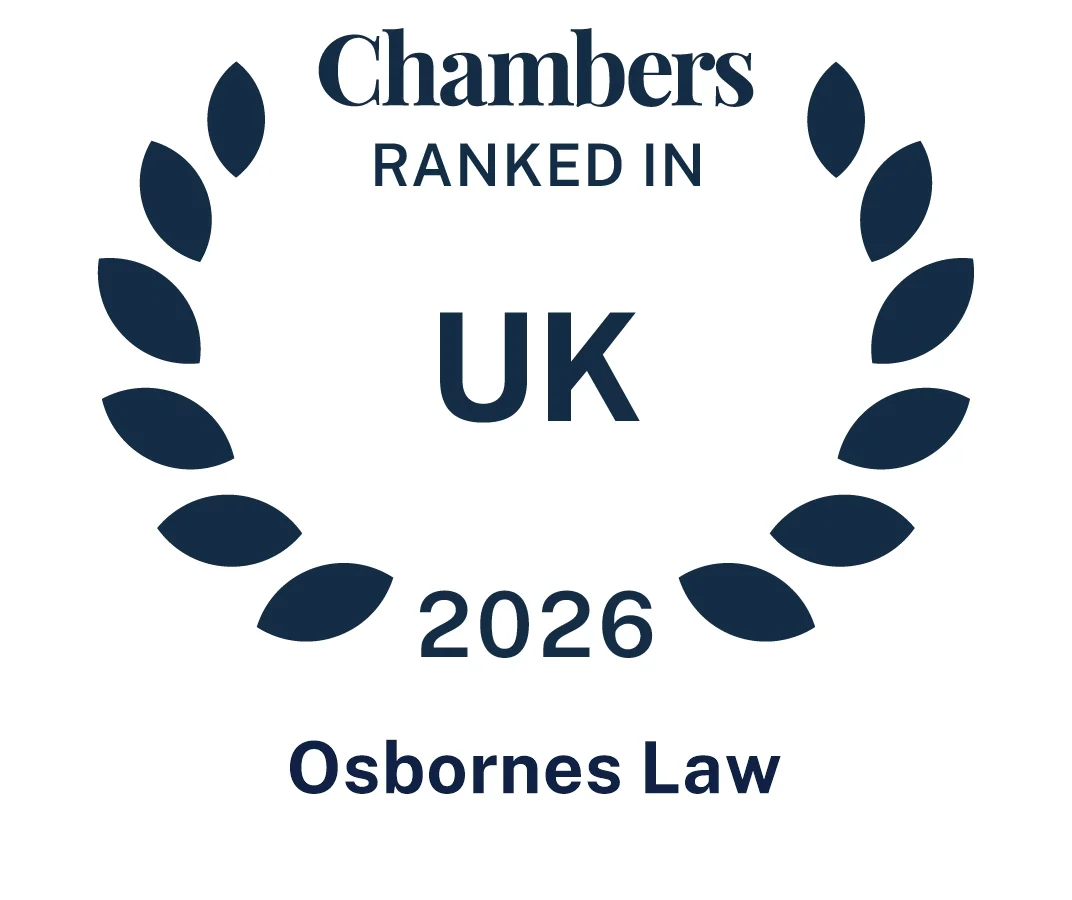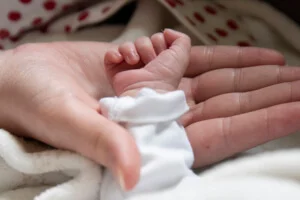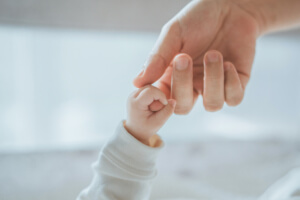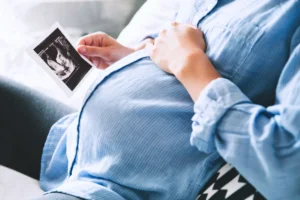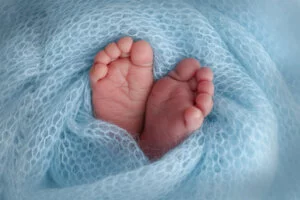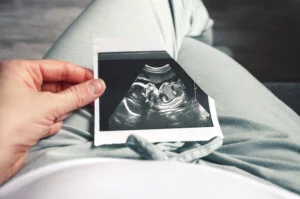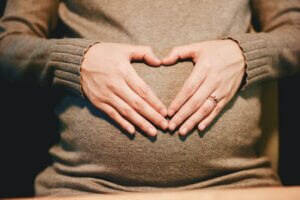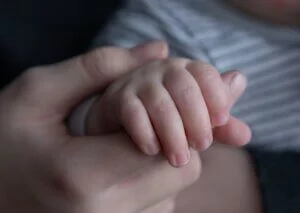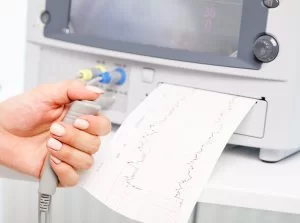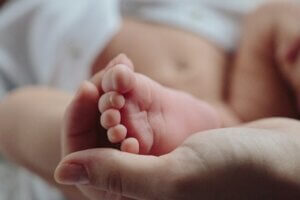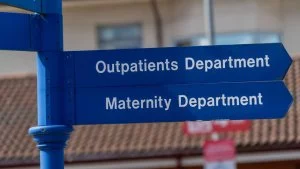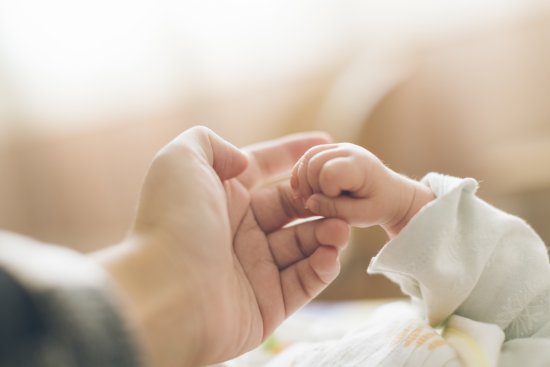Impacted Fetal Head During Labour

Contact
Table of Contents
According to the World Health Organisation, labour is considered obstructed when the fetus cannot progress along the birth canal, despite strong uterine contractions. The obstruction can be alleviated by caesarean section or instrumental delivery, such as forceps. Unfortunately, worldwide, neglected, obstructed labour is a major cause of both maternal and newborn morbidity and mortality.
Currently, there are no UK or International guidelines on managing an impacted fetal head: there are many potential techniques, but no single method has been deemed superior.
Is a fractured skull in the neonate evidence of obstetric negligence?
There is still an ongoing debate as to whether a fractured skull discovered in the neonate after a caesarean section is evidence of negligence. The British Journal of Obstetrics and Gynaecology published an article by Philip J Steer on 25 January 2016 which reviewed 4 fetal deaths over 3 years from the push technique. The alternative technique is the pull method (ie reverse breech) and apparently, this is faster, the article says this resulted in less maternal morbidity than push from below (ie push technique) but there is less difference in birth trauma. These 4 perinatal deaths were associated with a skull fracture and caesarean section when the mother was fully dilated (10cm), and there had been no prior attempt at instrumental delivery. In each case, there were repeated attempts by the Obstetrician to deliver the head by passing the obstetrician’s hands from the uterus down past the fetal head. This enabled the Obstetrician’s hands to get underneath the baby’s head and pull it up. There was also pressure from an assistant’s hand in the woman’s vagina.
This article concludes;
‘These cases suggest that it may be best to avoid further compressing an impacted fetal head by pushing a hand past it while also applying force from below. However, such anecdotal evidence does not necessarily mean that on the balance of probability, the injury would have been avoided if the pull method had been employed.’
2020 Doncaster and Bassetlaw Teaching Hospitals NHS Foundation Trust
A recent BBC news article raised the issue of fetal head injury during labour. It cited the story of newborn Clay Wankiewicz, who died from multiple skull fractures, seemingly caused by a poorly performed labour and forceps delivery at the Doncaster and Bassetlaw Teaching Hospitals NHS Foundation Trust.
Beth Wankiewicz carried Clay to term, and her pregnancy was deemed low risk. In July 2020, Beth went into labour around her due date. After 24 hours, the labour was not progressing, so an inexperienced junior doctor made two attempts to deliver Clay with forceps, as no senior doctor was available on site. Finally, Clay was pushed back into the womb so that a caesarian section could be performed. Tragically, Clay was declared dead 20 minutes after his birth. The staff told Clay’s parents that he had been stillborn. Notably, stillbirths are not reported to the coroner for post-mortem or investigation.
Post Mortem
A midwife later told the couple that Clay had been born with a heartbeat and could not be deemed stillborn. Eventually, Clay was referred to the coroner for a post-mortem, which indicated that he had died from multiple skull fractures.
Unsurprisingly, his family believe that Clay was initially deemed stillborn to avoid the scrutiny of a coroner’s inquest.
2016 review of Doncaster and Bassetlaw Maternity Services
Unfortunately, the circumstances that led to Clay’s death had already been flagged as safety issues as far back as 2016. A review of the Doncaster and Bassetlaw NHS Trust’s maternity services was conducted by the Royal College of Obstetricians and Gynecologists and found serious patient safety concerns, including a lack of appropriate leadership and consultant availability. The results of the review were never made public, despite being required to do so, following the 2015 Bill Kirkup Inquiry. Had the safety concerns been addressed, perhaps Clay would be alive today.
The Bill Kirkup Inquiry
In 2015, the report of the Kirkup independent public inquiry into maternity and neonatal care provided by the Morecambe Bay NHS Foundation Trust was published. Kirkup found that in the Trust, between 2004 and 2013, there was a ‘serious failure of clinical care’ due to the dysfunctional unit providing substandard care by staff deficient inappropriate skills and knowledge. The failure was deemed to have resulted in the ‘tragic and unnecessary deaths of 11 babies and one mother.
The requirement to publish not enforced by law
Following the Kirkup review, the government determined that NHS trusts are required to publicly publish summaries of external reviews and share them with their regulatory body. However, there is no law to enforce this. This means crucial patient safety reports are easily concealed if the results are unfavourable to the Trusts.
As already discussed, the 2016 review of the Doncaster and Bassetlaw NHS Trust’s maternity services by the Royal College of Obstetricians and Gynecologists was not made public. This concealment is not unusual. Indeed, a Panorama investigation into the matter, broadcast on the 19th May 2021, found that some Trusts keep critical reports hidden from the regulator and the public when care goes wrong.
Scandal after scandal: disregarding Kirkup recommendations
The Clay family’s case is not unusual, either in the failure of clinical care or the cover-up of a previous critical review.
In 2017, in a Margate hospital, inexperienced junior doctors were left in charge of a labour that was failing to progress. They were required to perform an emergency caesarean section to deliver baby Harry, as no senior doctor was available for the procedure. His traumatic delivery and delayed resuscitation left newborn Harry with brain injuries due to lack of oxygen, and he soon died. Initially, Harry’s death was not reported to the coroner. Still, when it was finally referred, the inquest found that Harry’s death was ‘contributed to by neglect’ and his death deemed ‘wholly avoidable’.
As with the Doncaster and Bassetlaw Trust, a review into the Margate Trust’s maternity services had been commissioned 2 years previously. The report alerted the Trust to the risks inherent in forcing unqualified doctors to take responsibility for emergencies due to lack of onsite consultant support.
Poor clinical practice seems to be being identified but not addressed across the UK. This raises the question: what is the point of commissioning an expert review if the risks to patient safety are not acted upon?
At Osbornes Law, we serve many clients who do not speak English as their first language. In our experience, this has created significant issues for pregnant women under the care of the obstetric team at their local hospital. We are currently acting for several women who have each delivered babies with catastrophic brain injury, many women who have delivered babies who were stillborn and also the family of a young mother who died post caesarean section. The common thread in these cases is that communication was poor, and the urgency of each situation was not appreciated by the medical and nursing staff caring for the mother due to the significant language barriers.
The prosecution may focus the minds of Trust leaders
Perhaps the only way to ensure that patient safety concerns are appropriately addressed is through the application of the Law. The Margate hospital involved in Harry’s death is to be prosecuted. Accused of exposing Harry and his mother to ‘significant risk of avoidable harm’ in ‘terrifying’ and ‘chaotic’ circumstances’, the Trust faces 2 charges under Regulation 12 of the Health and Social Care Act 2008, for failing to provide safe care and treatment. This is thought to be the first time that the Care Quality Commission has brought a prosecution for clinical care safety breaches.
It is right that independent professional bodies such as the Royal College of Obstetricians and Gynecologists should conduct investigations into patient safety concerns. However, the same mistakes will be repeated unless the concerns are acted upon and changes made. By holding to account the Trust within a legal framework, rather than scapegoating nurses and doctors through their professional bodies, this groundbreaking prosecution may represent a sea change in how senior managers and CEOs take responsibility for the safety of patients under their care.
Our team have experience in dealing with cases of this nature so if you would like to discuss your issue further please call 0207 485 8811 or complete an online enquiry form.
Share this article
“Osbornes Law is an established firm which handles a breadth of complex and high-value clinical negligence matters.”
“Osbornes handles a wide range of high-value and complex clinical negligence cases, with particular expertise in birth injury, delayed cancer diagnosis, spinal injury, and fatal claims.”
Contact us today
Call us 020 7485 8811
Email us Send us an email and we’ll get back to you
Related InsightsVIEW ALL
- 3.12.2025
Liability Secured for Child with Cerebral Palsy
Full admissions of liability secured on behalf of child with quadriplegic cerebral palsy Jodi Newton, Partner in our Medical Negligence...
Read more - 28.10.2025
Liability Settlement Secured in High Court Wrongful Birth...
Supporting Ellie’s future: High Court settlement in wrongful birth case Nicholas Leahy, Senior Associate in the Medical Negligence team...
Read more - 27.8.2025
HSSIB Review Exposes NHS Maternity Failures
Patient safety body HSSIB publishes exploratory review of maternity and neonatal services As Head of Paediatric and Birth Negligence cases...
Read more - 26.8.2025
Scandal-Hit NHS Trust Pays Over Avoidable Stillbirth
Scandal-hit hospital at centre of national probe agrees five-figure payout over ‘avoidable’ failings that led to stillbirth of baby girl...
Read more - 6.5.2025
Six-Figure Settlement for Negligent C-Section Delivery
Osbornes secures a six-figure settlement following a negligent caesarean section delivery Jodi Newton, Partner and head of our Obstetric and...
Read more - 14.10.2024
Multi-Million Settlement in Cerebral Palsy Negligence Case
Judge awards multi-million settlement in cerebral palsy medical negligence claim Jodi Newton, Partner and specialist medical negligence lawyer at Osbornes...
Read more - 19.9.2024
Report highlights failings in maternity care
The Care Quality Commission (CQC) has recently carried out a national review of 131 maternity inspections between 2022 and 2024, finding that failures...
Read more - 28.6.2024
£55,000 Settlement for Stillbirth Claim Against Chelsea and Westminster...
Successful Settlement for Stillbirth Claim Against Chelsea and Westminster Hospital NHS Foundation Trust Background Nick Leahy, an Associate in our...
Read more - 5.1.2024
Delayed Pre-Eclampsia Diagnosis Results in Loss of Baby
Introduction to the case Nick Leahy, Associate in our Clinical Negligence department, has recently settled a birth injury claim against...
Read more - 23.11.2023
Claim against Bradford Teaching Hospitals NHS Foundation Trust
High-risk pregnancy following previous miscarriage Osbornes acted for a Claimant, C, in her birth negligence claim against Bradford Teaching Hospitals...
Read more - 31.8.2023
Hyponatraemia – Symptoms, Causes & Negligence
What is hyponatraemia? Hyponatraemia is a condition where sodium levels fall below a certain level, which can be dangerous. All...
Read more - 23.3.2023
Private Pregnancy Scans and Substandard Care
In the news, it has been reported that private clinics that offer pregnancy scans to women are not meeting the...
Read more - 7.3.2023
5-figure settlement for iron infusion claim
Successful claim following post c-section iron infusion Osbornes Law have reached another successful outcome for a Claimant, who pursued a...
Read more - 9.2.2023
Perineal tear claim settles for 6-figure sum
Successful claim for mother with third-degree perineal tear Osbornes Law recently settled a birth injury claim for a woman who...
Read more - 2.10.2022
Tragic Case Involving a Home Water Birth
Introduction to the case Nicholas Leahy is acting for a young woman who had a water birth at home and...
Read more - 21.9.2022
Are maternity services safe? – Part 2
In April last year I wrote a piece about government setting up a taskforce to look into why there are...
Read more - 8.9.2022
Poor interpretation of CTG can result in stillbirth...
Poor interpretation of a Cardiotocograph, more commonly known as a CTG, is a leading cause of stillbirth and brain injuries...
Read more - 2.9.2022
Mother & Baby Suffer Life-changing Injuries
Claim after mother and baby suffered life-changing injuries during birth Jodi is acting for both mother and baby in a...
Read more - 29.6.2022
Nottingham Maternity: Donna Ockenden to Chair Independent Inquiry
An interim report on the state of maternity services at Nottingham University Hospitals NHS Trust has just been released. However,...
Read more - 23.5.2022
Uterine Rupture Claim Against King’s College Hospitals
Significant settlement in uterine rupture claim The birth injury solicitors at Osbornes Law recently secured a significant settlement for a...
Read more - 23.2.2022
Women from ethnic minorities experience worse maternity care
It has been reported today that the government has set up a new task force to look into why there...
Read more - 27.1.2022
Six-figure claim allows family to move home
Six-figure compensation payment for a client Jodi Newton has secured a six-figure compensation payment for her client with cerebral palsy....
Read more - 24.1.2022
Likely settlement of £15-20 million
A client who suffered cerebral palsy injuries at birth was awarded £200,000 as an interim payment in a claim against NHS...
Read more - 12.1.2022
Wrongful birth claim successfully settled
Background to the case Our client, J, fell pregnant in October 2015 and took the difficult decision to undergo a termination....
Read more

